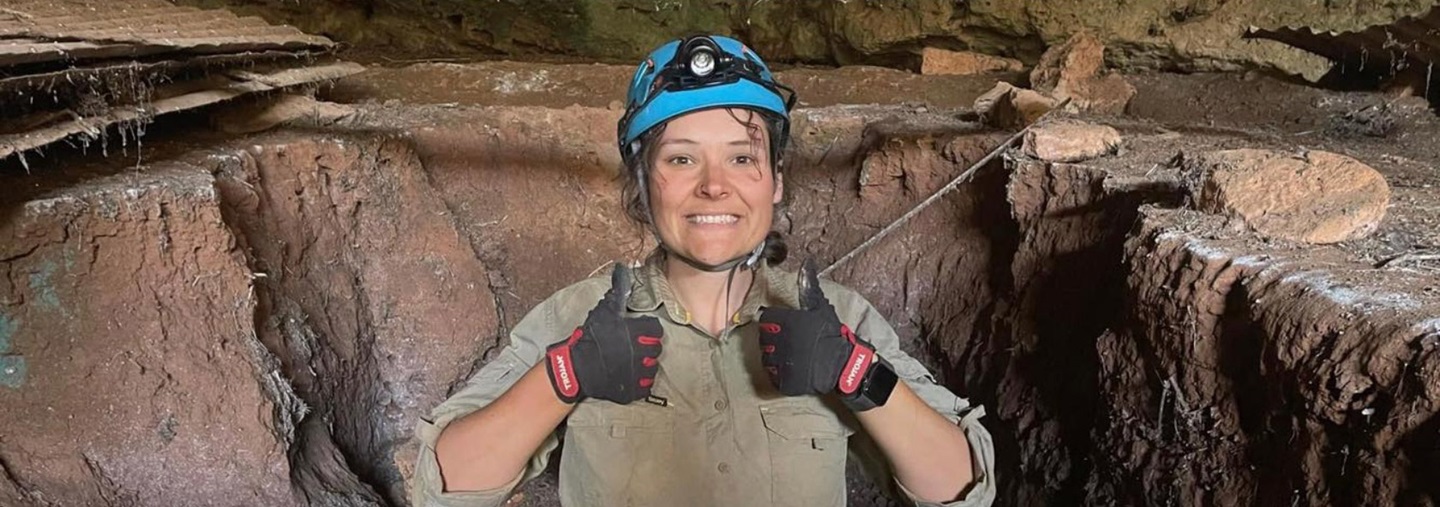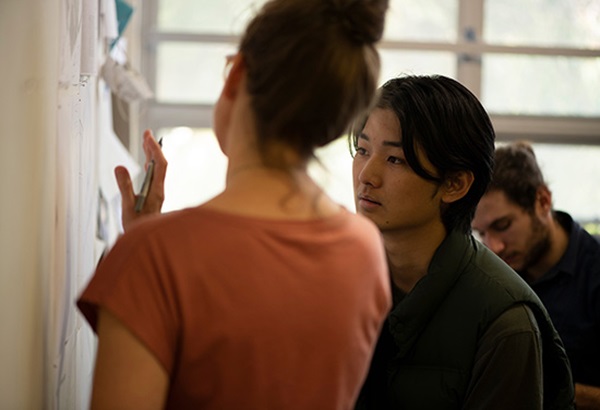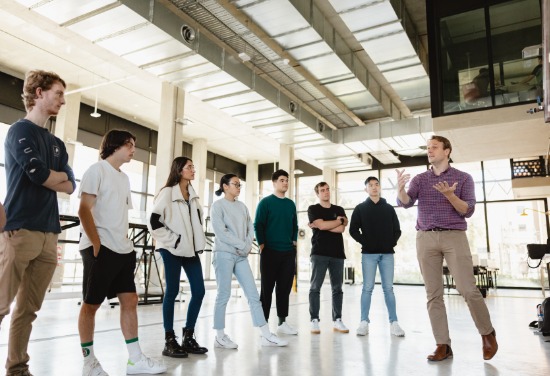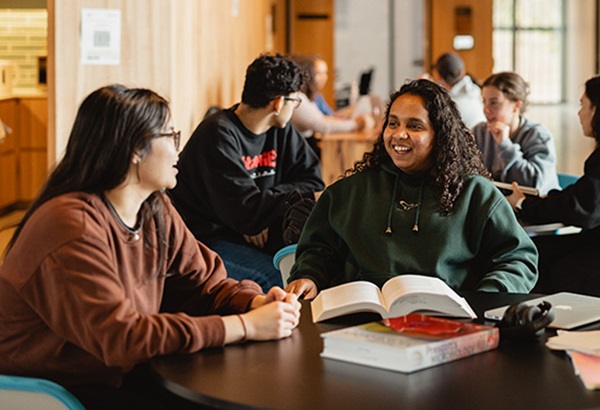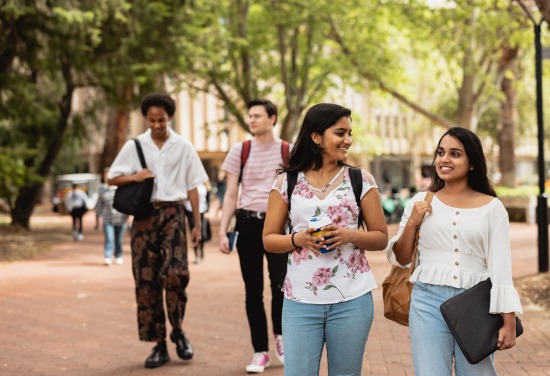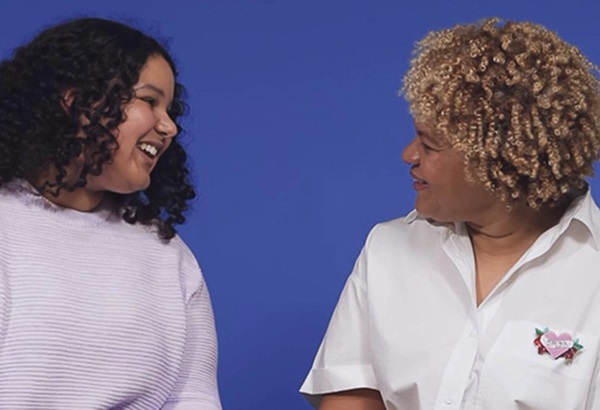‘Don’t be afraid of hard work. Nothing worthwhile comes easily. Don’t let others discourage you or tell you that you can’t do it. In my day I was told women didn’t go into chemistry. I saw no reason why we couldn’t.’
- Gertrude Elion, biochemist, pharmacologist, and winner of the 1988 Nobel Prize in Physiology or Medicine
The International Day of Women and Girls in Science, celebrated on 11 February, is implemented by UNESCO and UN-Women, to recognise the critical role women and girls play in science and technology. This day is an opportunity to promote full and equal access to and participation in science for women and girls.
With that in mind, we wanted an insight into one of UWA’s female scientists, Dr Kailah Thorn BSc 2012, to see what makes her tick.
1. What is your area of expertise and can you tell us how you discovered it?
I am a Vertebrate Palaeontologist and Museum Curator. I specialise in fossil reptiles, mostly Australian lizards with a soft spot for bluetongues and their relatives. I became a museum curator after working for the South Australian Museum during my PhD. Museum curators are responsible for data archiving and specimen care, as well as education and outreach – all the things I used to do as procrastination during my PhD.
2. Why do you think it’s important that women and girls study and work in science?
Women and girls are nearly 50% of the human population. We represent nearly 50% of perspectives, creativity, and ingenuity. To exclude us from any field would cripple it. All manner of diversity brings new and exciting things to science and should be celebrated for doing so.
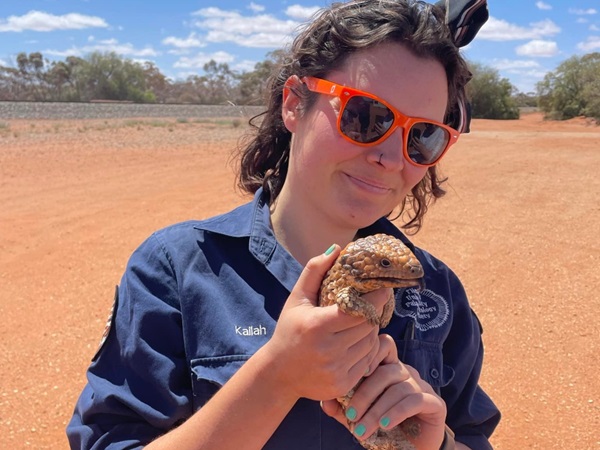
3. What does a normal day look like for you?
A normal day in my job involves a lot of research, but not usually my own. I’m responsible for the before and after of everyone else’s research in a general sense. I collaborate with different people to relocate sites or specimens mentioned in previous publications, I help students plan how they will collect and manage their specimens and related data, and then together we archive these so that their work is replicable and repeatable (a requirement of most sciences). For some of the big discoveries, I help with writing media releases and communicating exciting results to the public after they are published in the scientific literature.
4. As a woman, what do you find most challenging about working in the science field?
As a woman working in geoscience something that I’ve recently learned to overcome is an expectation that we need to be 'blokey' to fit in. It’s been a recognised barrier for women and men in industry for a long time, but the situation is slowly improving. You can absolutely rock a dinosaur print dress and malachite coloured fingernails and still be a serious earth scientist. I would recommend a dress with pockets for opportunistic rock collecting though.
5. Do you know many women working in science fields at UWA?
I am surrounded by so many amazing women in science. Students, postgrads, technicians, early career academics, all the way through to full professors.
Earth sciences at UWA has a woman as our Head of School too. Outside of UWA I work with women doing research in, or managing, paleontological collections around Australia.
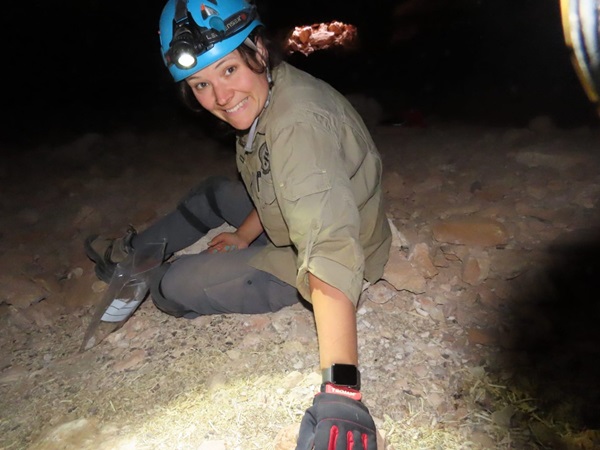
6. What would you say to a young girl who is interested in working in science but is unsure of how to go about it?
Find your passion, whether it be physics, biology, chemistry, geology or any other – most of the best scientists I know are passionate, persistent people.
There isn’t usually an innate ability or gift that makes them good at what they do, they just keeping trying and failing until one day they don’t. Science isn’t just for academics either. You can work in industry, as a technician running multi-million dollar machines, in a museum making sure information is accessible, or in a classroom showing the next generation how it’s done.
7. What are your hopes for gender equity in science in the future?
While gender equity has come in leaps and bounds in some fields and women outnumber other genders in undergraduate classes, some fields and pay levels are still dominated by men. Some of the invisible barriers that are often not in front of men but exist for the rest of us, come from outside of our careers. Primary care giving of parents or children, household/housework mental load, and outreach and advocacy work seem to be carried predominantly by women and people from minority or marginalised groups.
I hope that better access to child care, and initiatives like Champions of Change can lift some of that burden and allow everyone to be at their best, rather than running on what’s left of their energy at work.
8. What are the highlights of your job?
One of my favourite things to do at work is solving puzzles. Digging up something never-before-seen by human eyes, and then figuring out how it fits into the grand scheme of all life on earth – and then trying to fit that thing into a box on a shelf in a lecture theatre.
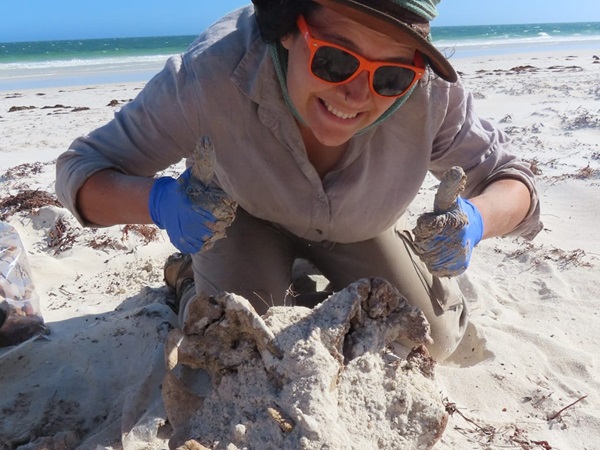
Discover where science can take you by checking out our Bachelor of Science.

